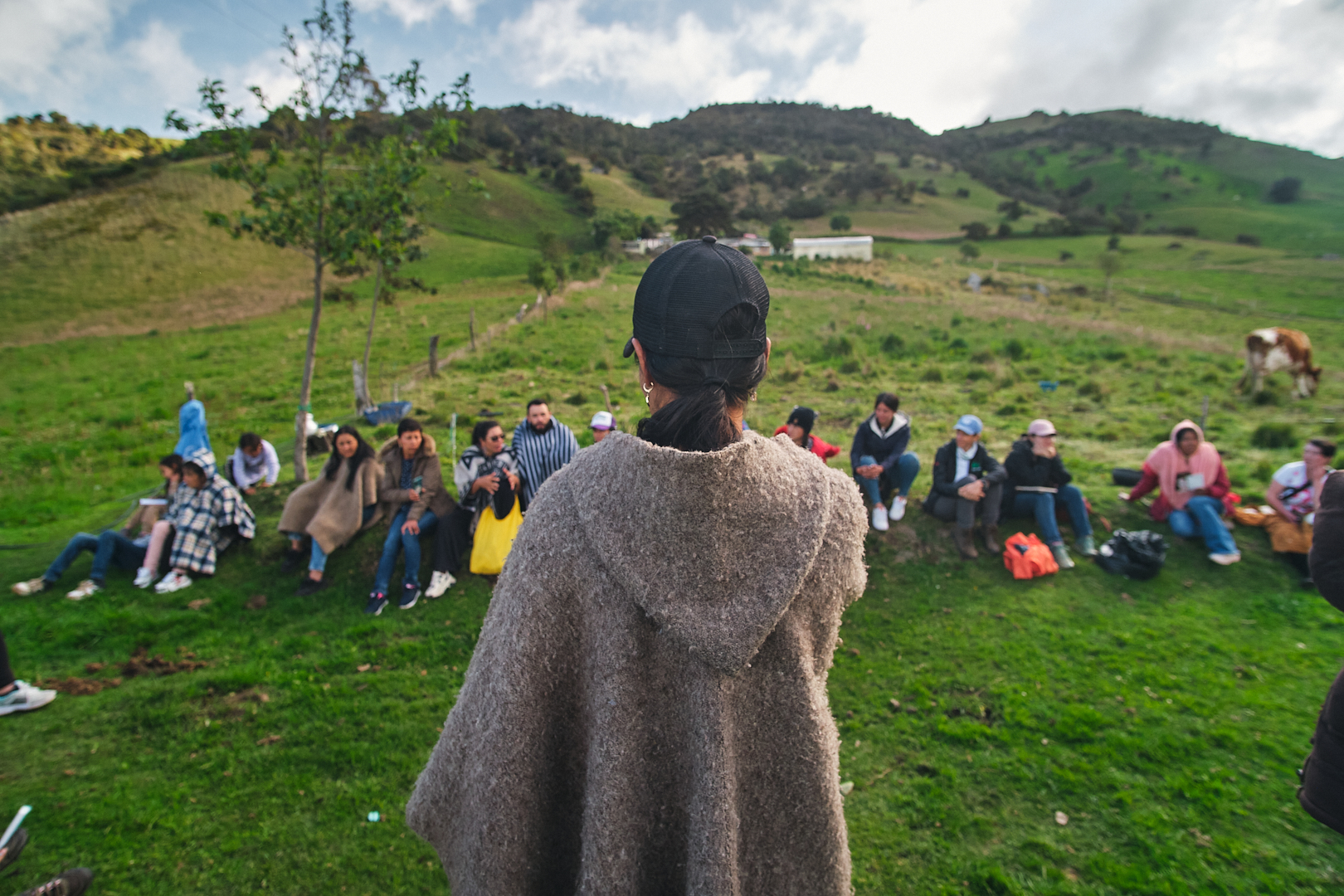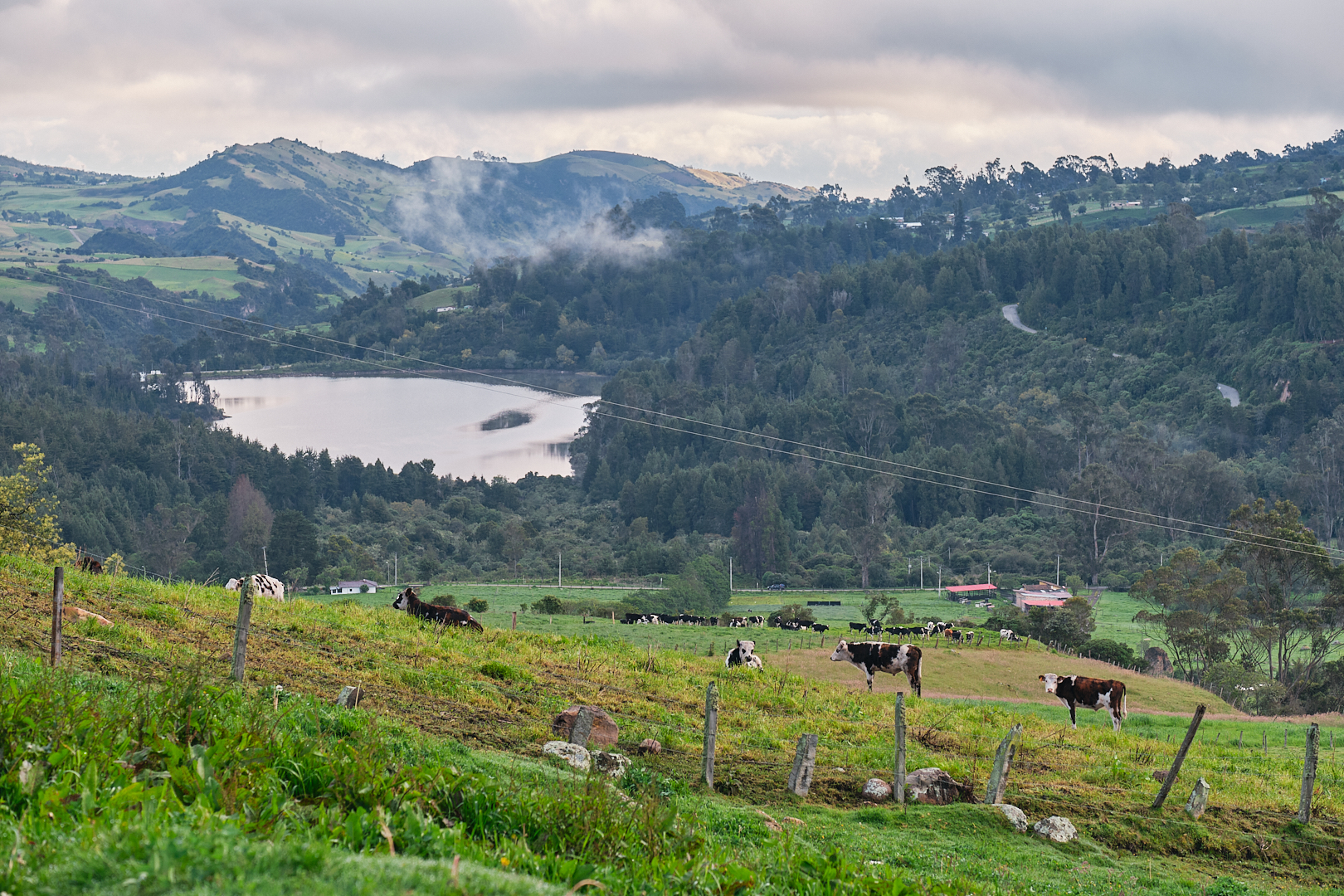Characterized by cold and humid weather and a typical Andean vegetation of frailejones (‘big monk’ perennial shrubs, from the genus Espeletia), giant rosette plants and grasses, the páramos are important biodiversity hotspots with over 700 endemic plant species that do not exist anywhere else in the world. They are also home to the endangered Andean tapir (Tapirus pinchaque) and the endemic Andean bear (Tremarctos ornatus), the only bear species found in South America.

Water Temples
Life springs from the páramos in the form of water: during the rainy winter season, its soil and vegetation act as sponges, absorbing, filtering and storing large amounts of water, which are then gradually drained into rivers and streams, ensuring their continuous flow over the drier summer.
In Colombia, where half of all páramos are found, these ecosystems are considered strategic not only for their water regulation functions, but also because of their role as carbon sinks: páramos can remove great quantities of carbon from the atmosphere and store them in their soils and vegetation, especially in peatlands, helping to counteract climate change.
Considered sacred by Indigenous Peoples, the páramos of the Andes have been inhabited by humans for the past 15,000 years. However, with over 76,000 families living in the Colombian páramos today, unsustainable development has been pressuring this invaluable and delicate ecosystem.

The primary economic activities in the Colombian páramos are agriculture and livestock rearing, both of which involve burning natural vegetation to clear the land. This destroys the habitat of native species and degrades the soil, making it compacted and less porous. As a result, the carbon sequestration, hydrological and other ecosystem services provided by the páramos are compromised. With the water cycle disrupted, heavy winter rains cause erosion and flooding, while summer droughts reduce river flows, impacting the water supplies of nearby communities and major Colombian cities, negatively affecting millions of people.
Mining is also a serious problem, as it contaminates the water in the páramos. In addition, climate change is forcing species adapted to typical páramo conditions to migrate to higher, colder areas. The result is a triple threat of biodiversity loss, climate change and land degradation, which may lead to the disappearance of the precious páramo ecosystem altogether.
These three interconnected crises demand interconnected solutions. That is why the Global Environment Facility (GEF) Small Grants Programme (SGP), implemented by the United Nations Development Programme (UNDP), launched the Guardians of the Páramos alliance, in partnership with SWISSAID and World Women’s Corporation Colombia.




